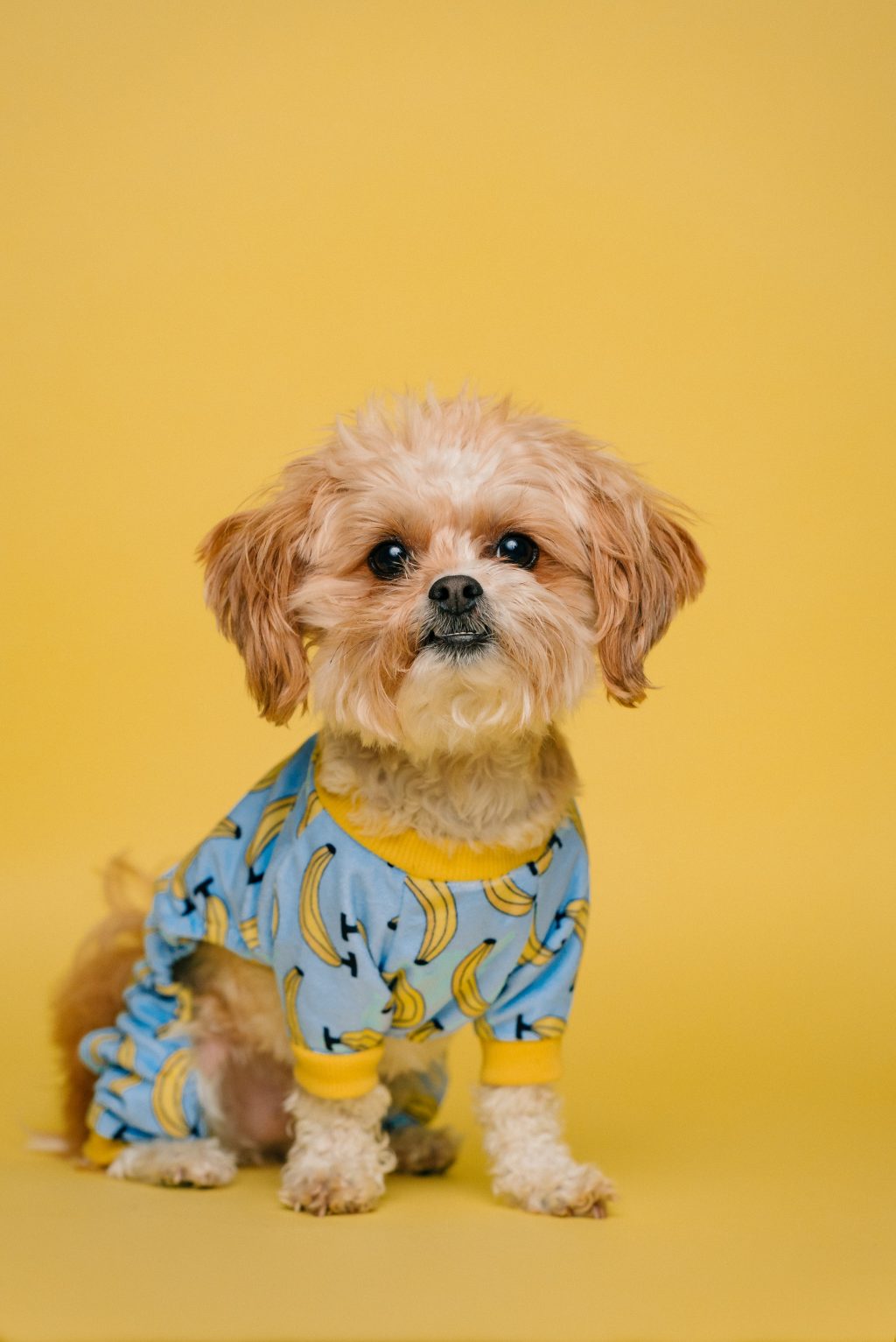
Of the 90 million families in America that own a dog, 28% bought their dog as a puppy from a breeder or a pet store. The one advantage of having a puppy is that you can bring your dog up around children from the outset. This needs to be done carefully however, and you will need to do some concerted training to make sure that your child understands what the limits and boundaries are when you have a puppy. With some firm guidance and patience, your puppy and your little one will soon learn to trust each other and become the best of friends.
Creating a safe space
Young children and toddlers are always on the go and sometimes this can be overwhelming for a puppy. It is important that your new dog has his own safe space where he can go if they are feeling nervous or unsure. Using a crate generally works very well for puppies. You can line the bottom of the crate with blankets, and cover it over to create a haven for your dog. You should make sure that you explain to your child that they are never to sit or lie in your dog’s bed, or go into their crate. That space is there so that your dog can have some peaceful time on their own where they won’t be pestered.
Interacting with the puppy
In the few weeks before you bring home your puppy, you should start teaching your child about dog behavior and the best way to interact. Give your child a soft toy, and practise how to stroke the puppy gently, taking care not to poke him in the eyes, or pull his tail. You can also practise gentle “puppy talk” in soft voices (certainly trying to avoid high-pitched screaming). If your child is old enough, you should explain how a dog will behave if he needs space. A dog will often back away, or may start panting if they are unsettled. If a dog has his tail between his legs, it is a sign that he is unhappy. Children need to be aware that snapping or growling is also a warning sign to leave a dog alone.
Integrating your puppy into family life
When you bring a puppy home, you should try and integrate him into as many aspects of family life as possible – you certainly shouldn’t shut your puppy away because he is an inconvenience. Take your puppy out for short walks with your child every day, or bring your puppy along with you when picking up your child from nursery or school. This will help your dog understand that he is part of the family. Make sure that you always reward your puppy with treats for positive and calm interactions with your child, and this will reinforce good behavior.
A dog can be a wonderful companion for your child – they are both loyal and loving. When you first bring your puppy home, do some training and set some ground rules, and this will help your new addition quickly become part of the family.



